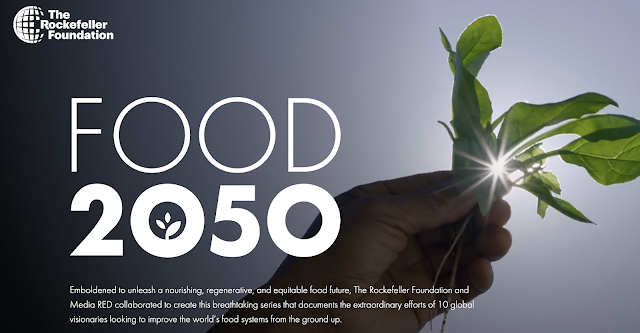“This is a gift from nature. We're insulting nature. We're not able to keep what it gives us.” (Anselme Selosse, Domaine Jacques Selosse)
**********
«Este es un regalo de la naturaleza y la estamos insultando si no sabemos aprovechar lo que nos da». (Anselme Selosse, Domaine Jacques Selosse)
(This is only a clip from the original video created for subtitling and educational purposes /
Este es solo un extracto del video original creado para ser traducido y servir un propósito educativo)
Context:
During the most critical months of the global health crisis due to the COVID-19 pandemic, social gatherings and large celebrations were temporarily suspended. This severely affected the champagne industry, which in 2020 saw a third of its sales plummet, giving rise to a crisis worse than the one experienced during the Great Depression of 1929. Given the seriousness of the situation and to avoid a drop in their prices due to the new stock, the commission that regulates the champagne industry began to set production quotas. This forced many growers to stop harvesting their grapes, abandoning them in the fields or destroying them. The decision hit small and newer producers the most, who are much more vulnerable to market fluctuations compared to larger and more established companies. Not to mention all the tons of grapes that were wasted--and with that, all the resources that were used to grow them--in order to keep the quota.
**********
Contexto:
Durante los meses más álgidos de la crisis sanitaria mundial por la pandemia del COVID-19, se suspendieron temporalmente las reuniones sociales y las grandes celebraciones. Esto afectó duramente la industria del champán que en 2020 vio cómo un tercio de sus ventas se desplomaba dando lugar a una crisis peor que la vivida durante la Gran Depresión de 1929. Ante la gravedad de la situación y para evitar una caída de los precios de las botellas de champán por el aumento de la producción con la nueva cosecha, la comisión que regula a los productores vitivinícolas de la región acordó establecer cuotas tope de producción. Esto obligó a muchos productores a dejar de cosechar sus uvas y abandonarlas en los campos o destruirlas. La medida impactó mayormente a los productores más pequeños y recientes, que son mucho más vulnerables a los vaivenes del mercado en comparación a empresas más grandes y establecidas. Y eso sin mencionar todas las toneladas de uvas que se desperdiciaron - y con ella todos los recursos que se utilizaron para su cultivo - para cumplir con la cuota.
**********
To learn more / Si quieres conocer más:
- El champagne francés, otra víctima del coronavirus: se desploman las ventas y los productores sufren
- Con el coronavirus, la champaña perdió mucha efervescencia
- Conoce todos los tipos de Champagne
- 10 curiosidades sobre el champán, la bebida estrella de Navidad y Año Nuevo
- Champagne Duval-Leroy website (in English)
- Article about Selosse brand (in English)
- Grower Champagne (in English)
- The Difference Between Vintage and Non-Vintage Champagne (in English)
**********
DISCLAIMER: I don't own this video and I'm not monetizing it. This is a copy only used with the purpose of adding subtitles and making it accessible to more people around the world.
Copyright Disclaimer Under Section 107 of the Copyright Act 1976, allowance is made for "fair use" for purposes such as criticism, comment, news reporting, teaching, scholarship, and research. Fair use is a use permitted by copyright statute that might otherwise be infringing. Non-profit, educational or personal use tips the balance in favor of fair use.
